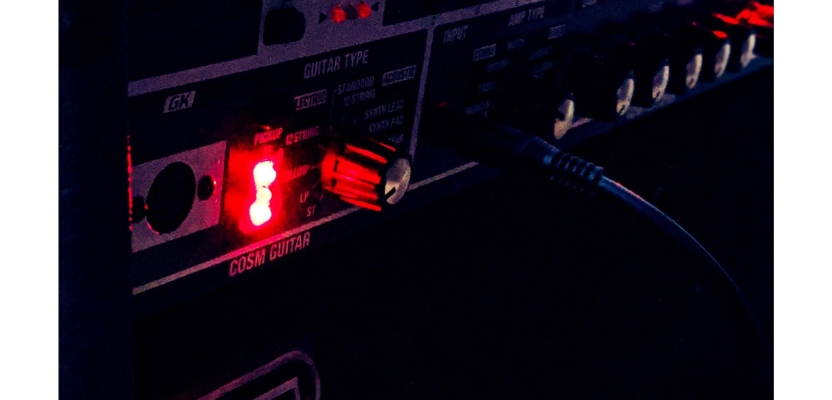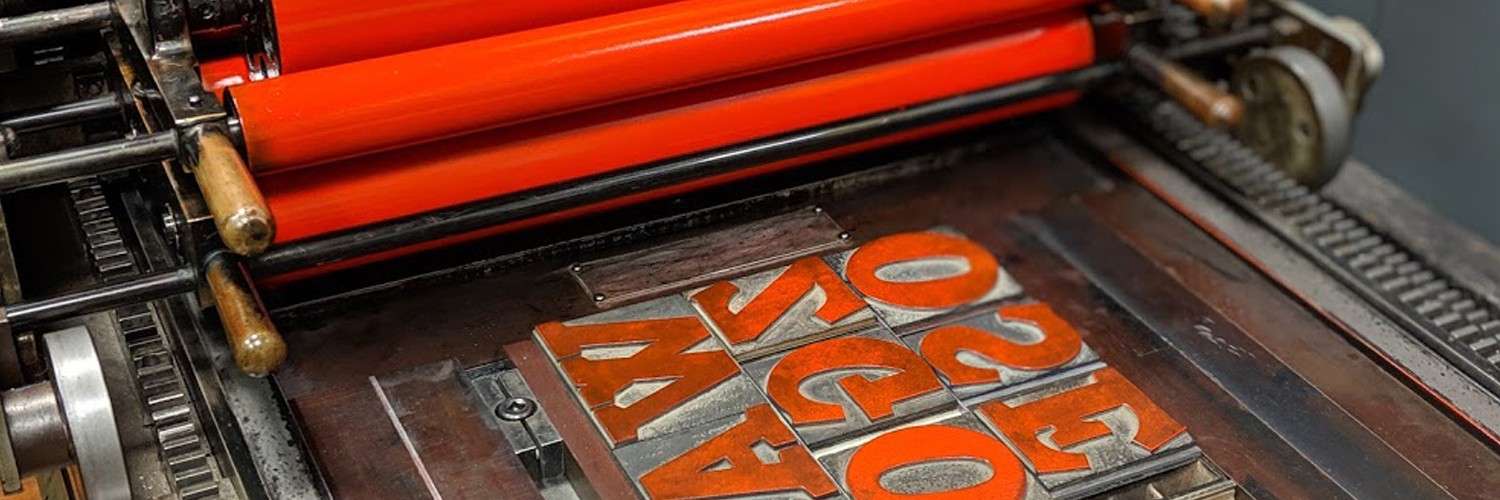Modelling amplifiers are ten-a-penny these days. But that wasn’t the case back in 2002.
“A modelling powerhouse that really cranks!” Thus spake Roland of their VGA-3 amplifier back in 2002. The hyperbole was perhaps understandable; as the entry-level model of a batch of three amps, the VGA-3 stuffed Roland’s COSM amp modelling technology into a 50-watt combo format, shored up with a selection of effects based on Boss algorithms.
That alone made this a pretty attractive amp, but the Roland had another audience in mind: those who had a guitar fitted with one of Roland’s divided pickups. For those lucky souls, the amp also gave access to a selection of modelled guitars: electrics, acoustics, some synths and even a sitar.
The future is expensive
This wasn’t Roland’s first rodeo; they’d thrown a rather large stone into the puddle seven years earlier with the VG-8. Guitar synths and their pesky divided pickups had been the sole province of the prog brigade and forward-looking jazz types such as Allan Holdsworth and Pat Metheny up to this point. But Roland – long time pioneers of guitar synthesisers – set out to change all that.
Collective jaws dropped at launch of this imposing unit, which looked something like a cross between a floor pedal and a stealth bomber. By using a GK2 pickup to process each string individually, the VG-8 could emulate the tones of a Strat, a Les Paul, an acoustic guitar, a bass, a synth – all with no latency. Nuances such as palm muting or pinched harmonics were effortlessly tracked.
On top of that, the VG-8 included a selection of amp models, a well-specced multi-effects processor, and the ability to change tunings on the fly without touching a machine head. It was essentially like having a rack of guitars up against one wall, a rack of amps up against the others, and a selection of effects and microphones.
This technology came at a cost, though – two thousand of your 1995 pounds for the unit alone. The pickup would set you back around another £170. So despite being a revolutionary step forward for guitar processing, it was unavailable to, well, pretty much everyone.
The future is… amps?
Flash forward to 2002. Roland made the decision to cram some of this technology into a range of (relatively) affordable combo units. These all had their own differences; the VGA-5 lacked a 13-pin input, but allowed the player to select the amps and cabinets independently. The VGA-7 packed in two speakers and 130 watts of power and, weighing in at 82lb, offered guitarists the opportunity to explore the wonderful worlds of on-stage stereo and off-stage hernias.
The VGA-3 was the baby of the bunch. 50 watts only, but offering both conventional and 13-pin inputs, a decent collection of Boss effects, and the ability to store patches to one of 10 memories (with more available via a GFC-50 pedalboard).
What’s the frequency, Roland?
On that basis, the VGA-3 sounded like the business, at least on paper. In reality…
On the 13-pin front, the guitar models are something of a mixed bag. After the sonic versatility of the VG-8 and its follow-up, the VG-88, the VGA-3’s guitar were a bit of a let-down. On the positive side, the Strat and Les Paul models were spot-on, and the ‘Hollow Body’ option is great for wooden jazz tones. If that’s all you were after, then they wouldn’t disappoint.
But it was mostly downhill from there. Neither the electric or acoustic 12-strings were convincing, the acoustic model sounded like a patch from an ‘80s FM tone module, and the sitar sounded like something that was rejected by the makers of an ‘80s FM tone module. But it did get better again. The two synth models were very useable indeed; the synth lead in particular had a passable Minimoog sound and raised an interesting question about its provenance: this is a model that to date, hasn’t appeared on any other Roland guitar unit; a pity.
There were also a couple of poly effects – a poly octave and an emulation of the Boss Slow Gear, a pedal that has been deified over the years despite being something of a one-trick pony (you want volume swells? Let’s go for it. Here they are.)
But things got a lot more interesting on the amp front. Either via ¼” or 13-pin, there was a broad selection of amp models on offer, some of which were (and indeed, still are)) very good indeed. The Roland Jazz Chorus was brilliantly true to form – this was a Roland amp, after all – but the ‘Tweed’ model – an emulation of a 4×10” Bassman was the star performer, presumably using the same tech that found its way into the later Boss FBM-1 pedal.
The Vox and Matchless models made for great all-rounders, as did the Marshalls; and at the higher-gain end of the dial, the Metal and Rectifier models provided huge amounts of crunch. What’s impressive is that the amps are quite dynamic; you can push them to the edge of breaking up and get some creamy tones out of them.
One notable feature is that setting the dial to ‘Acoustic’ and using the ¼” input switched in a recreation of Boss’s AC-2 acoustic simulation pedal. This feature only got a scant mention in the scant manual, but it was a real bonus, and embarrassingly better than the actual 13-pin emulation. It was never going to fool Martin devotees but was convincing enough in a live situation.
Then we have the effects, and very nice they were too. The EFX dial allowed you to switch between chorus, flanger, phaser, Tremolo and (if you connected an EV-5 pedal) wah. You couldn’t program the parameters; things like depth and rate changed with the sweep of the knob.
That said, you were very likely to find a sound that suited you, these being Boss effect algorithms. Some thought has clearly gone into how these effects modify; the resulting sounds were all very usable.
Delay switched between clear, warm and doubling; again, the mix and the number of repeats change with the knob position. There is a button to tap the tempo though – which is handy. The doubling effect was another unexpected triumph; combined with the Marshall, it’s easy to get close to Led Zeppelin’s 1969 Albert Hall tone.
Finally, there was the reverb, with a choice of plate and spring. Like the rest of the effects, it’s of a high quality; unlikely to hold up against a Lexicon, but fine for a unit of this size.
A well-connected wonder
Roland didn’t skimp on the connectability either. The back panel included inputs for a footswitch as well as an expression pedal, and a line-in for users to connect up an external source to play along to backing tracks and so on. This was greatly aided by the large frequency range of the speaker – not quite FRFR, but very decent for the time. MIDI control was also built in, with a decent spec that went beyond the optional GFC-50 footswitch. And the headphone socket is intelligent enough to switch over to a line-out mode, to allow home recording.
But how does it sound in real life in 2023, in a world of Helixes and Kempers? Pretty damn good. Small wonder – at the time, this was part of a flagship product range and it shows. It’s also very loud; that 50 watt rating is a bit conservative. The build quality is solid and unlike the VGA-7, you can move it without having to hire a roadie. Or a crane.
With limited programmability and lacking things such as Bluetooth, WiFi or app control, it’s never going to compete with the current offerings from Line6 or Boss’s own Katana amps, but it doesn’t really need to. While VGA amps don’t come up for sale that often, when they do, they seem to change hands for very little money (I paid £75 for mine in 2019). That puts them up against the low end of practice amps; seen through that lens, it’s a no-brainer purchase. And no, mine is not for sale.



